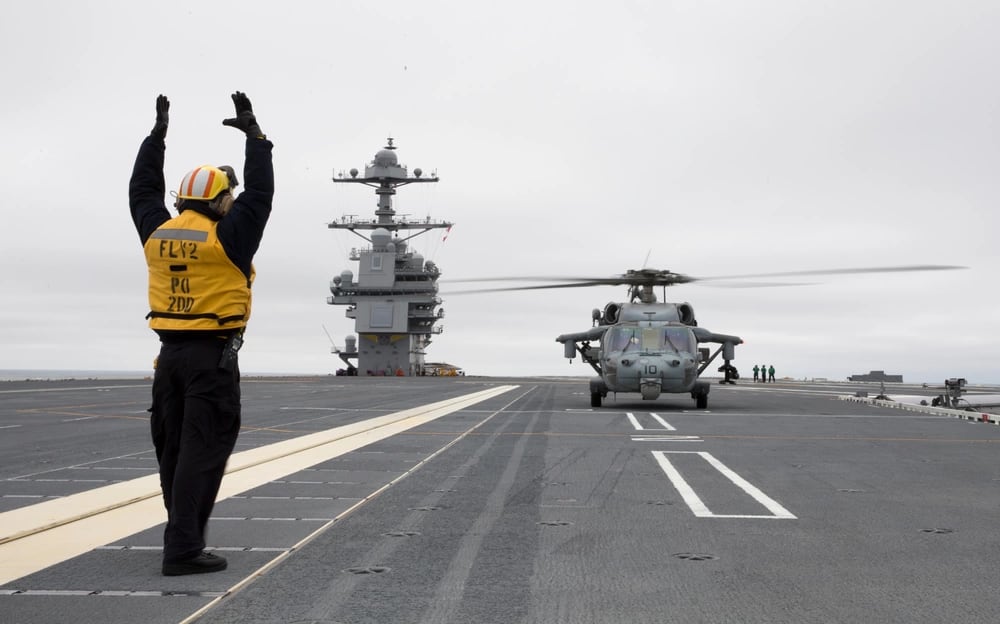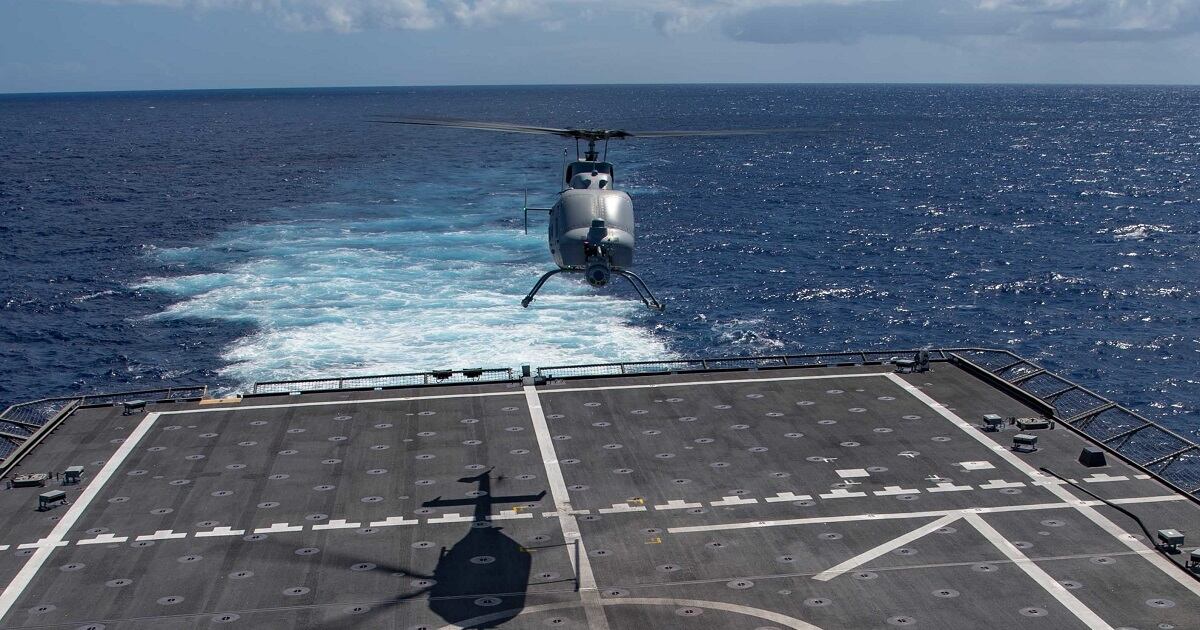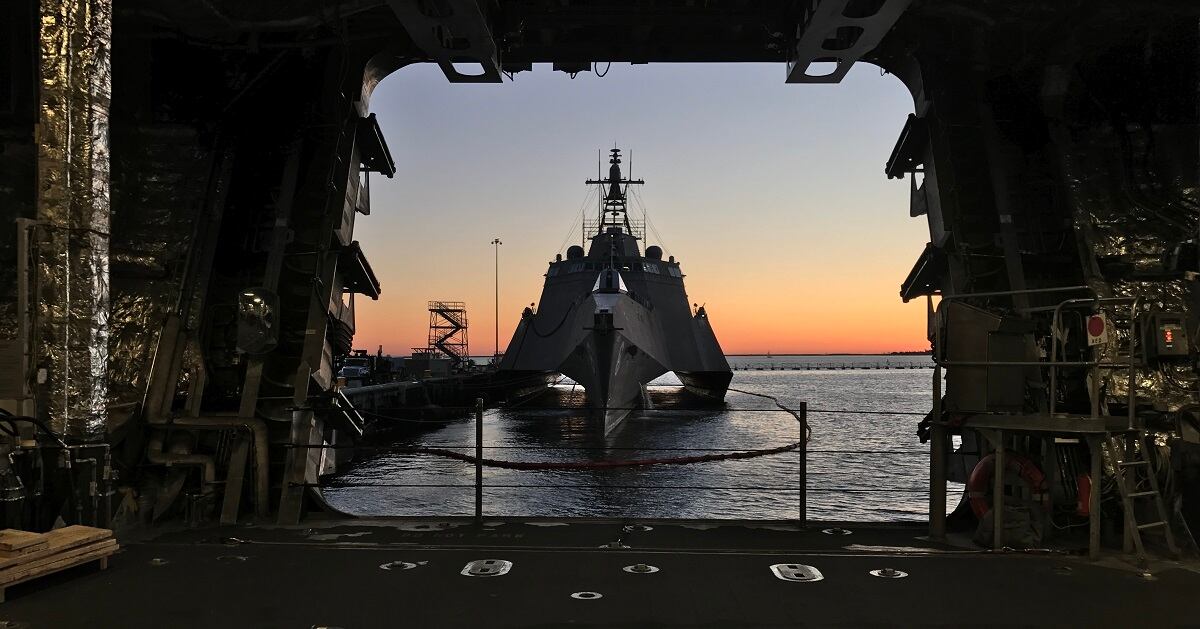The littoral combat ship Jackson wrapped up its initial deployment — to U.S. 7th Fleet — this month, carrying out manned-unmanned operations with the MQ-8C Fire Scout.
But after returning to its homeport in San Diego Oct. 15, the Jackson’s days may be numbered.
Although Navy leaders plan to have more littoral combat ships operating in the Pacific over the next several years, the service’s 30-year shipbuilding plan calls for decommissioning the Jackson in 2024.
In the meanwhile, service officials have identified a new role for the ship — which was commissioned just seven years ago, in 2015.
“There’s a lot of great work that we will use Jackson to do as we support rotational deployers as they are going out the door, whether it be through exercises or other events,” Capt. Marc Crawford, commodore of Littoral Combat Ship Squadron One, told reporters Wednesday.
The Navy’s budget request proposes reducing the ship’s manning from dual, Blue-Gold crews to a single crew in 2023. But Crawford said his team is awaiting final passage of the 2023 National Defense Authorization Act to implement the reduction.
“We are making plans for them to go from a Blue-Gold to a single crew,” Crawford said. “However, as we’ve seen in the past, sometimes we change direction and we pivot in these negotiations. And so we’re not taking any actual steps to reduce, but the plans are codified.”
RELATED

The Navy’s shipbuilding plan proposes decommissioning both the Jackson and fellow Independence-class littoral combat ship Montgomery in 2024. The Montgomery was commissioned in 2016.
Even so, the commander of Naval Surface Forces, Vice Adm. Roy Kitchener. told reporters in August that the Navy aims to expand the littoral combat ship’s presence in the Pacific to six.
The Jackson got underway to the Indo-Pacific in July in support of the Oceania Maritime Security Initiative, which aims to combat transnational crime threats such as narco-trafficking, human trafficking and illegal, unreported and unregulated fishing. Because of its shallow draft, it was able to visit ports in Fiji, Palau and Tahiti, among others.
The ship also spent time in the South China Sea, and was the first LCS to deploy with the MQ-8C Fire Scout unmanned aerial vehicle, which provides maritime intelligence, surveillance, reconnaissance and targeting capability.

“Jackson set the standard in 7th Fleet and really defined what persistent operations with the MQ-8 Charlie looks like,” said Cmdr. John “Nick” Van Wagoner, executive officer of Jackson’s Gold crew. “As a result of that, I think our operational commanders are seeking new ways to employ that sensor alongside other unmanned and manned aircraft and surface vehicles.”
The Jackson’s aviation detachment from Helicopter Sea Squadron 23 launched manned-unmanned teaming tactics and concepts with the MQ-8C approximately a dozen times during the deployment, Van Wagoner said.
“While conducting those manned-unmanned teaming operations, what we found was that having an unmanned aircraft that has many very capable sensor payloads was really a force multiplier that we could use to develop our recognized air and maritime picture beyond the horizon, while using the MH-60 Sierra to conduct positive identification of things that we detected with the MQ-8 Charlie,” he said.






